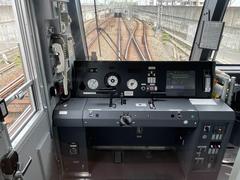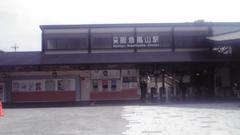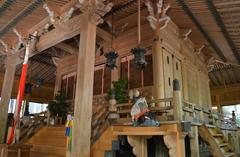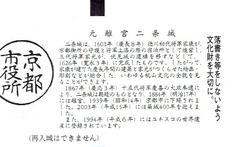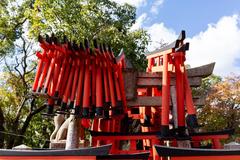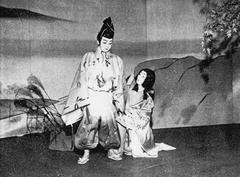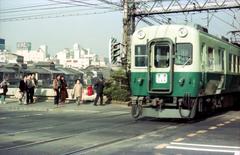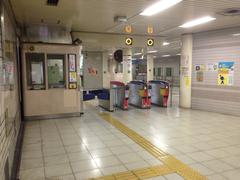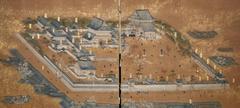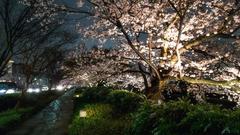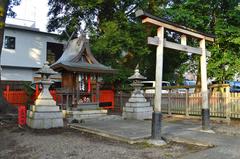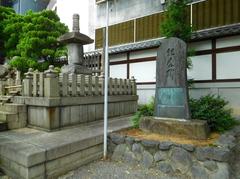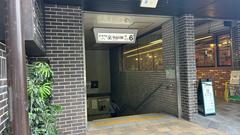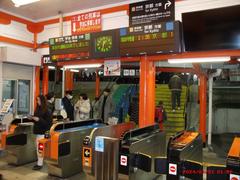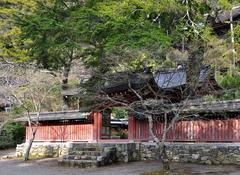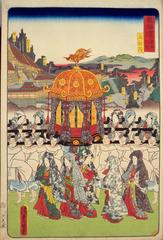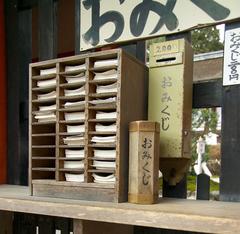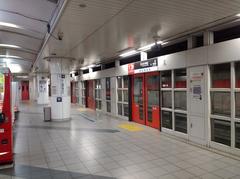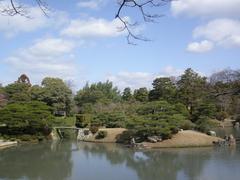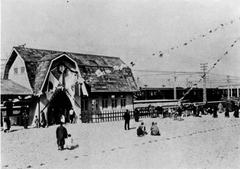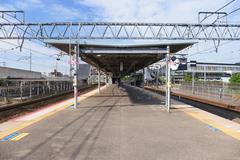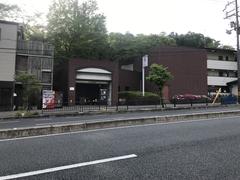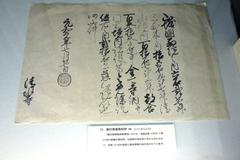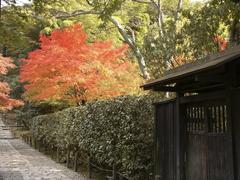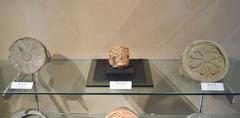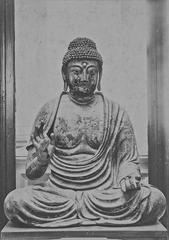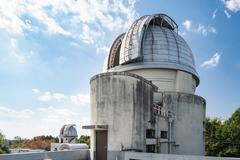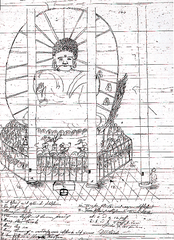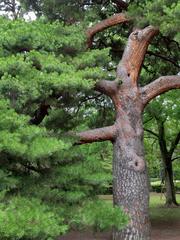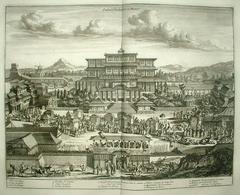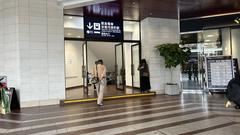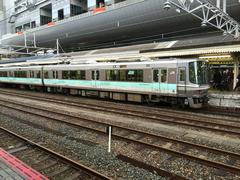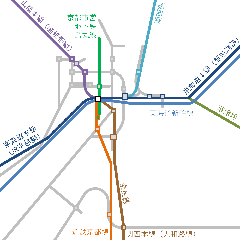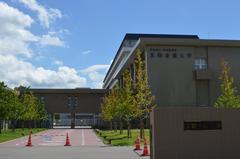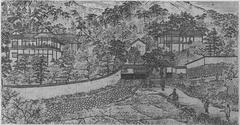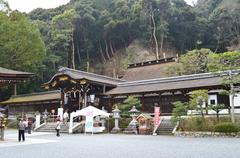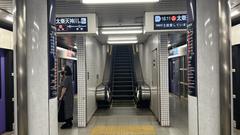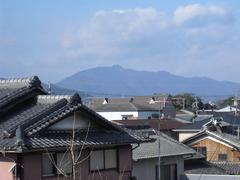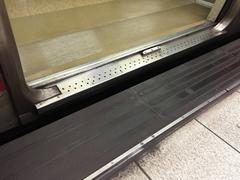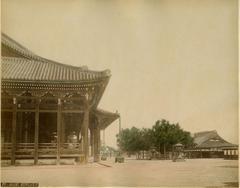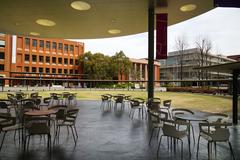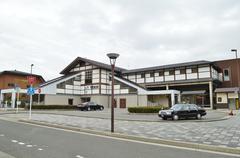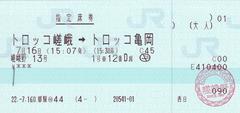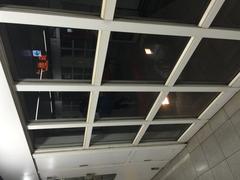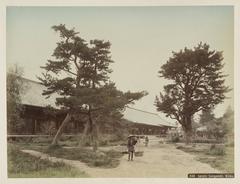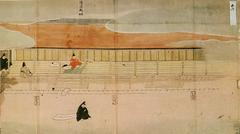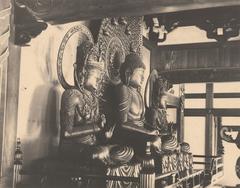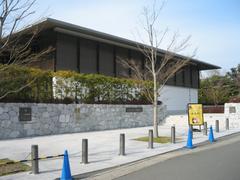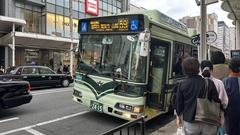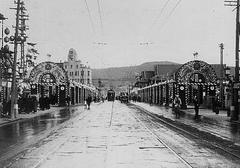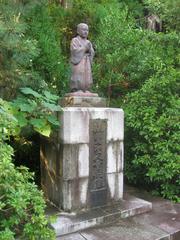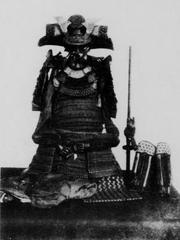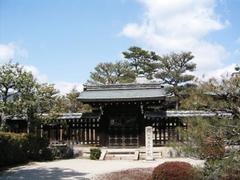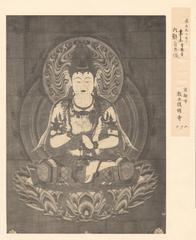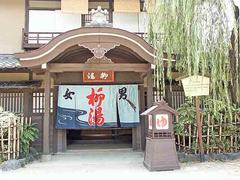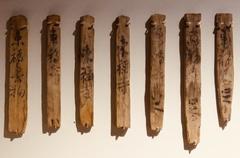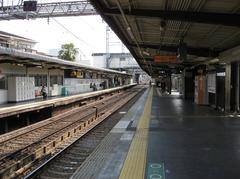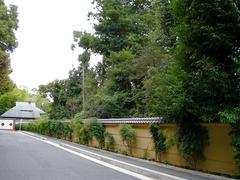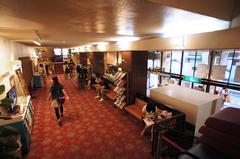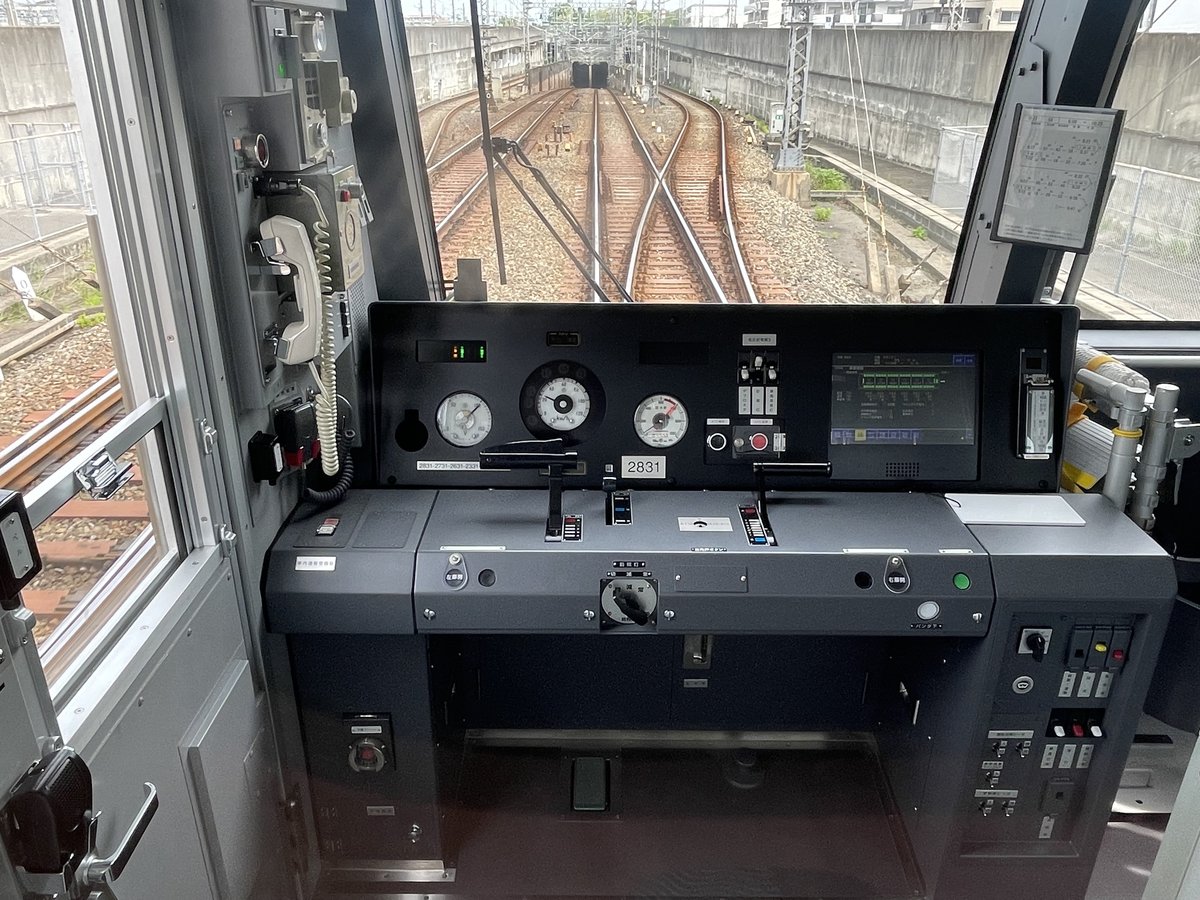
Takeda Station Kyoto: Visiting Hours, Tickets, Travel Guide, and Nearby Attractions
Date: 14/06/2025
Introduction
Takeda Station (竹田駅, Takeda-eki), located in Kyoto’s Fushimi-ku district, stands as a strategic hub for both local commuters and visitors eager to explore the rich historical and cultural landscapes of Kyoto and the greater Kansai region. Uniquely positioned as the only ground-level station in the Kyoto Subway system, Takeda Station seamlessly connects the Kyoto Municipal Subway Karasuma Line and the Kintetsu Kyoto Line, ensuring convenient transfers and direct access to must-see sites such as Fushimi Inari Taisha Shrine, Jonan-gu Shrine, and even the ancient capital of Nara. This guide provides comprehensive information on Takeda Station’s history, visitor facilities, ticketing, accessibility, travel tips, and nearby attractions to help you make the most of your Kyoto adventure.
Consult authoritative resources such as the Kyoto Municipal Transportation Bureau and the Kintetsu Railway official site for up-to-date schedules and operational details (Kyoto Station Guide).
Contents
- Introduction
- History and Significance
- Station Facilities and Accessibility
- Visiting Hours and Ticket Information
- Navigating Takeda Station
- Travel Tips
- Seasonal Events and Local Experiences
- Nearby Attractions
- Frequently Asked Questions (FAQ)
- Conclusion
- References
History and Significance
Takeda Station traces its origins to 1928, opening as Jōnangūmae Station under the Nara Electric Railway to improve transit between Kyoto and Nara for both commuters and pilgrims. Renamed Takeda Station in 1940, it underwent major developments with the integration into the Kintetsu Railway in 1963 and the relocation/modernization that accompanied the Karasuma Subway Line extension in 1988. Today, it operates as a joint-use facility between private and municipal lines, facilitating efficient multi-modal travel within Kyoto and to the broader Kansai region (Wikiwand - Takeda Station).
Station Facilities and Accessibility
- Platform Layout: Two island platforms serving four tracks, making line transfers quick and simple.
- Bilingual Signage: Japanese and English throughout, with clear platform and transfer information.
- Accessibility: Elevators, ramps, tactile paving, and accessible restrooms are available. Staff are on hand to assist.
- IC Card Compatibility: Major IC cards like ICOCA, Suica, and Kansai One Pass are accepted across all services.
- Luggage Storage: Coin lockers are available for travelers.
Visiting Hours and Ticket Information
- Operating Hours: Takeda Station is open from around 5:30 AM until midnight, aligned with train schedules. Always check official websites for the latest times.
- Ticketing: Purchase single-ride tickets or utilize IC cards for seamless travel. For tourists, the Kansai Thru Pass or Kyoto City Subway One-day Pass provides cost savings for multiple rides.
- Fare Adjustment: Machines are available for fare differences if your journey changes.
- Group Discounts: Available for some regional passes and attractions.
Navigating Takeda Station
- Transfers: As the southern terminus of the Karasuma Line and an intermediate stop on the Kintetsu Kyoto Line, many trains offer through-services, minimizing the need to change.
- Bus Connections: City buses serve both station exits. The South 3 and Special South 3 lines provide direct access to Jonan-gu Shrine and other local sites.
- Travel Apps: Use tools like Japan Transit Planner or Navitime for real-time schedules and optimal routes (Kyoto Station Guide).
Travel Tips
- Best Times to Visit: Avoid weekday rush hours (7:00–9:00 AM and 5:00–7:00 PM) for a more relaxed journey.
- Pass Recommendations: The Kansai Thru Pass is ideal for exploring multiple cities, while the Traffica-Kyo Card (offering a 10% bus/subway discount) is great for city travel.
- Accessibility: Clearly marked barrier-free routes and attentive staff make travel easy for everyone.
- Luggage and Amenities: Lockers and restrooms are located near ticket gates; vending machines are available.
Seasonal Events and Local Experiences
- Spring: Plum and cherry blossom viewing at Jonan-gu Shrine.
- Early Summer: Iris festivals and hydrangea displays.
- Summer: Easy access to Gion Festival events and firefly viewing in southern Kyoto.
- Autumn: Stunning foliage at Anrakuju-in Temple and Jonan-gu Shrine, often with special evening illuminations.
- Winter: New Year’s shrine visits, traditional rituals, and festive foods.
Participate in tea ceremonies, kimono rentals, hands-on workshops (wagashi, ikebana, calligraphy), and local market experiences to further immerse yourself in Kyoto’s living traditions.
Nearby Attractions
- Jonan-gu Shrine: Famed for seasonal flowers and Heian-era gardens, accessible on foot or by bus. Entry is free.
- Anrakuju-in Temple: Known for moss gardens and tranquil setting, especially beautiful in autumn (admission: ~300-500 yen).
- Kyoto Municipal Science Center for Youth: Family-friendly, with planetarium and interactive exhibits (admission: <500 yen).
- PULSE PLAZA: Venue for exhibitions and local events.
- KYOCERA Headquarters: Landmark of Kyoto’s industrial side (not open for tours).
- Fushimi Inari Taisha Shrine: Reachable by subway and local bus, famous for its thousands of vermilion torii gates.
- Nara: Direct Kintetsu Line access for day trips to this UNESCO World Heritage city.
Frequently Asked Questions (FAQ)
Q: What are Takeda Station’s operating hours?
A: From approximately 5:30 AM to midnight; confirm with current schedules.
Q: Which tickets should I buy?
A: IC cards (ICOCA, Suica, etc.) are widely accepted. Kansai Thru Pass is recommended for regional travel.
Q: Is Takeda Station accessible for people with disabilities?
A: Yes, the station is equipped with elevators, ramps, tactile paving, and accessible restrooms.
Q: Can I easily reach Jonan-gu Shrine from Takeda Station?
A: Yes, it’s a short walk or a quick ride on the South 3 or Special South 3 bus.
Q: Are guided tours available at the station?
A: No, but many nearby attractions offer guided experiences.
Conclusion
Takeda Station is more than a transportation hub—it’s your gateway to Kyoto’s southern treasures, offering seamless access to iconic shrines, temples, festivals, and cultural experiences. Its accessible design, bilingual support, and direct links to regional highlights make it an essential stop for any visitor. To optimize your journey:
- Use IC cards or value passes for convenience and savings.
- Avoid peak times for a smoother experience.
- Explore nearby attractions to encounter Kyoto beyond the city center.
Stay updated by consulting the Kyoto Municipal Transportation Bureau, Kintetsu Railway official site, and Kyoto Station Guide. Download the Audiala app for real-time updates, curated travel tips, and exclusive Kyoto guides.
References
- Wikiwand - Takeda Station
- Unseen Japan - Kyoto History
- Kyoto Station Guide
- Magical Trip - Kyoto in January 2025: New Year’s Highlights, Events & Festivals
- Prepare Travel Plans - New Changes in Japan 2025
- Kyoto Municipal Transportation Bureau official website
- Kintetsu Railway official site
